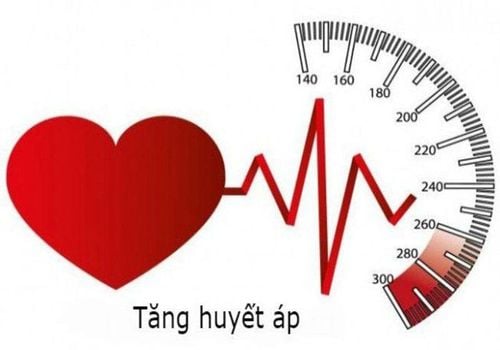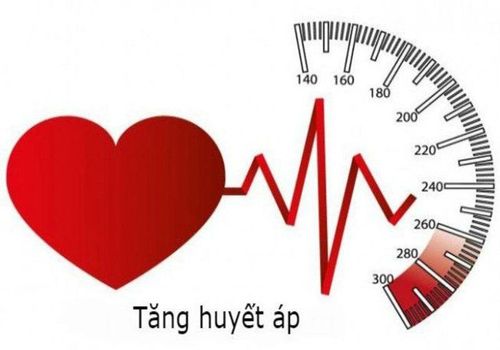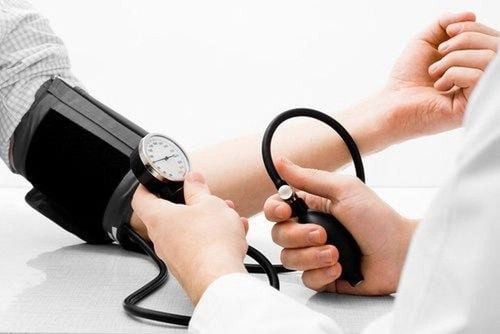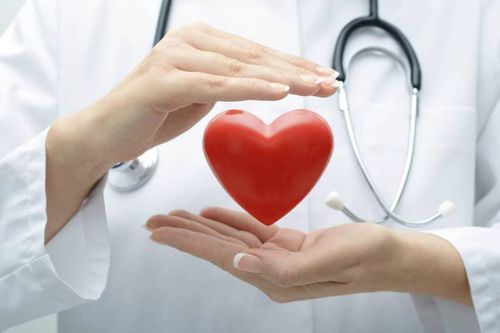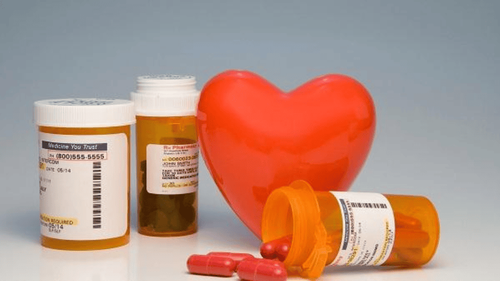This is an automatically translated article.
The article was professionally consulted by Specialist Doctor I Huynh Kim Long - Emergency Resuscitation Doctor - Emergency Resuscitation Department - Vinmec Danang International General Hospital.
High blood pressure emergency is an emergency that threatens the life of the patient, so the doctor needs to have an appropriate management attitude.
1. What is a hypertensive emergency?
Hypertension is a common clinical disease, hypertension can be a risk factor for coronary and cerebrovascular diseases. A hypertensive crisis is a sudden increase in blood pressure when blood pressure rises rapidly and severely, specifically systolic blood pressure > 180 mmHg and/or diastolic blood pressure > 120 mmHg. A hypertensive crisis has two clinical forms: hypertensive emergency and hypertensive emergency hypertensive emergency: Severe hypertensive crisis with organ damage Target progression. Requires immediate hospitalization for intravenous antihypertensive therapy hypertensive urgency: Severe hypertensive crisis without progressive target organ damage. Elevated blood pressure alone with headache, dizziness, and anxiety is not considered a hypertensive emergency. Common in patients who do not adhere to treatment, or stop taking antihypertensive drugs.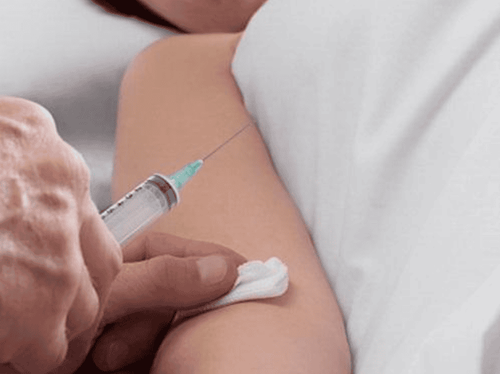
Tăng huyết áp khẩn cấp cần điều trị bằng thuốc tiêm tĩnh mạch ngay
Inappropriate treatment of blood pressure disease Failure to control blood pressure well such as inadequate drug dosage, failure to combine drugs, voluntary withdrawal Medications Corticosteroids, a salty diet, New or progressive renal artery stenosis Symptoms of a potentially life-threatening hypertensive crisis include:
Severe chest pain Severe headache with confusion , blurred vision Nausea, vomiting Irritation Shortness of breath Convulsions Unresponsive
Trắc nghiệm: Huyết áp của bạn có đang thực sự tốt?
Huyết áp cao hay thấp đều ảnh hưởng đến tình trạng sức khỏe con người. Để biết tình trạng huyết áp của bạn có thực sự tốt không, hãy làm bài trắc nghiệm sau đây để đánh giá.2. Treating an emergency hypertensive crisis
If the patient's blood pressure is ≥ 180/120 mmHg and has symptoms related to target organ damage such as: chest pain, dyspnea, back pain, numbness, weakness in the limbs, impaired consciousness, difficulty speaking, blurred vision, nausea, or vomiting, which is considered a hypertensive emergency and requires immediate medical attention so that prompt medical attention can be obtained to avoid serious life-threatening injury.Need to take the patient to a medical facility for admission to the intensive care unit Continuous arterial blood pressure monitoring Immediately lower blood pressure with intravenous drugs with an electric pump to control blood pressure Most cases do not Blood pressure should be returned to normal immediately. Lower blood pressure gradually according to the principle: Lower blood pressure gradually by 20-25% within the first hour If the patient's condition is stable, continue to lower blood pressure to 160/100 mmHg within 2-6 hours and to low blood pressure. normally within 24-48 hours. In some cases, there are indications that need to lower blood pressure immediately, such as patients with aortic dissection, systolic blood pressure should be lowered to <120 mmHg in the first hour, patients with pre-eclampsia, eclampsia, hypertensive crisis due to myeloma Adrenal systolic blood pressure should be reduced to < 140 mmHg in the first hour.

Cần hạ huyết áp ngay cho bệnh nhân bị tiền sản giật
Vinmec International General Hospital is one of the hospitals that not only ensures professional quality with a team of leading medical doctors, modern equipment and technology, but also stands out for its examination and consultation services. comprehensive and professional medical consultation and treatment; civilized, polite, safe and sterile medical examination and treatment space.
Dr. Huynh Kim Long has extensive experience in the treatment of Resuscitation - Emergency and Acute Stroke in adults. Dr. Long used to work at the Emergency Department of Hospital C Da Nang before working at Vinmec Danang International General Hospital as now
Customers can directly go to Vinmec Health system nationwide to Visit or contact the hotline here for support.





